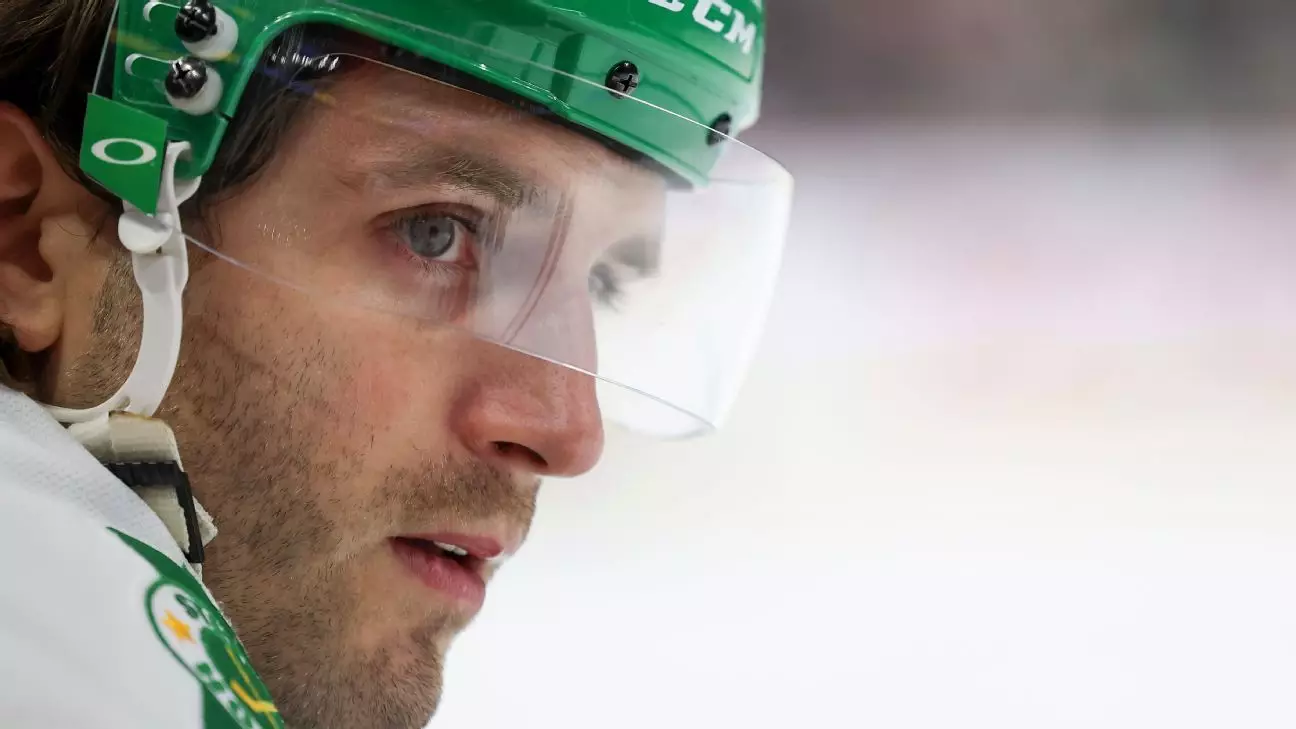In a recent ruling that has sent ripples through the NHL, Minnesota Wild forward Ryan Hartman has found himself embroiled in a contentious disciplinary matter following a ten-game suspension due to roughing. The NHL Players’ Association swiftly stepped in to file an appeal on his behalf, a move that underscores the precarious balance between player conduct and league regulations. The suspension stems from an incident during a game against the Ottawa Senators, where Hartman was accused of slamming opposing player Tim Stutzle’s head into the ice with his forearm—an act deemed not only dangerous but also one that magnifies ongoing debates surrounding player safety in the league.
Hartman’s ten-game suspension marks the most severe penalty for on-ice conduct seen in over six years, drawing attention to the NHL’s increasingly stringent approach to player discipline. The NHL’s Department of Player Safety, led by George Parros, has been known for its tough stance against unnecessary violence, and the decision to impose such a lengthy ban on Hartman reflects this ethos. Hartman faces the loss of nearly $488,000 in salary, a significant financial repercussion that serves as a stark reminder of the high stakes involved in professional sports.
The process of appealing the suspension adds additional complexity to Hartman’s situation. His initial appeal rests with NHL Commissioner Gary Bettman, whose track record indicates a tendency to support disciplinary actions taken by Player Safety. This could mean that Hartman’s hopes for overturning the suspension may hinge upon his ability to provide compelling evidence to challenge the initial ruling. Should Bettman uphold the penalty, Hartman can seek a remedy through a neutral arbitrator—a step exemplified by past cases like that of Tom Wilson, who successfully reduced his suspension and regained a portion of his lost earnings.
At the heart of Hartman’s defense is his claim that the incident was a result of an accidental fall rather than a calculated act of aggression. Hartman asserts that he was merely attempting to regain his balance during an intense moment in the game. However, Player Safety disputes this narrative, characterizing his actions as exploitative of a vulnerable player—a perspective that underscores the NHL’s stance on the need for accountability in high-stakes physical confrontations.
The contrasting views on this case illuminate the broader conversation about the nature of violence in hockey. While physicality is an accepted part of the sport, there exists a fine line between aggressive gameplay and actions that jeopardize player safety. Hartman’s situation serves as a microcosm of this ongoing debate, prompting fans, players, and officials alike to reconsider the implications of on-ice behavior.
As the appeal unfolds, the outcome of Hartman’s situation could have larger implications for the entire league. How the NHL chooses to handle such cases may influence future decisions, potentially shaping policies around player conduct and safety. For Hartman, this appeal is not merely about contesting a suspension—it represents a critical juncture in his career and a chance to redefine his reputation within the sport. The coming weeks will reveal not only the fate of Hartman but also the NHL’s commitment to maintaining an equitable balance between competitive intensity and player safety.

